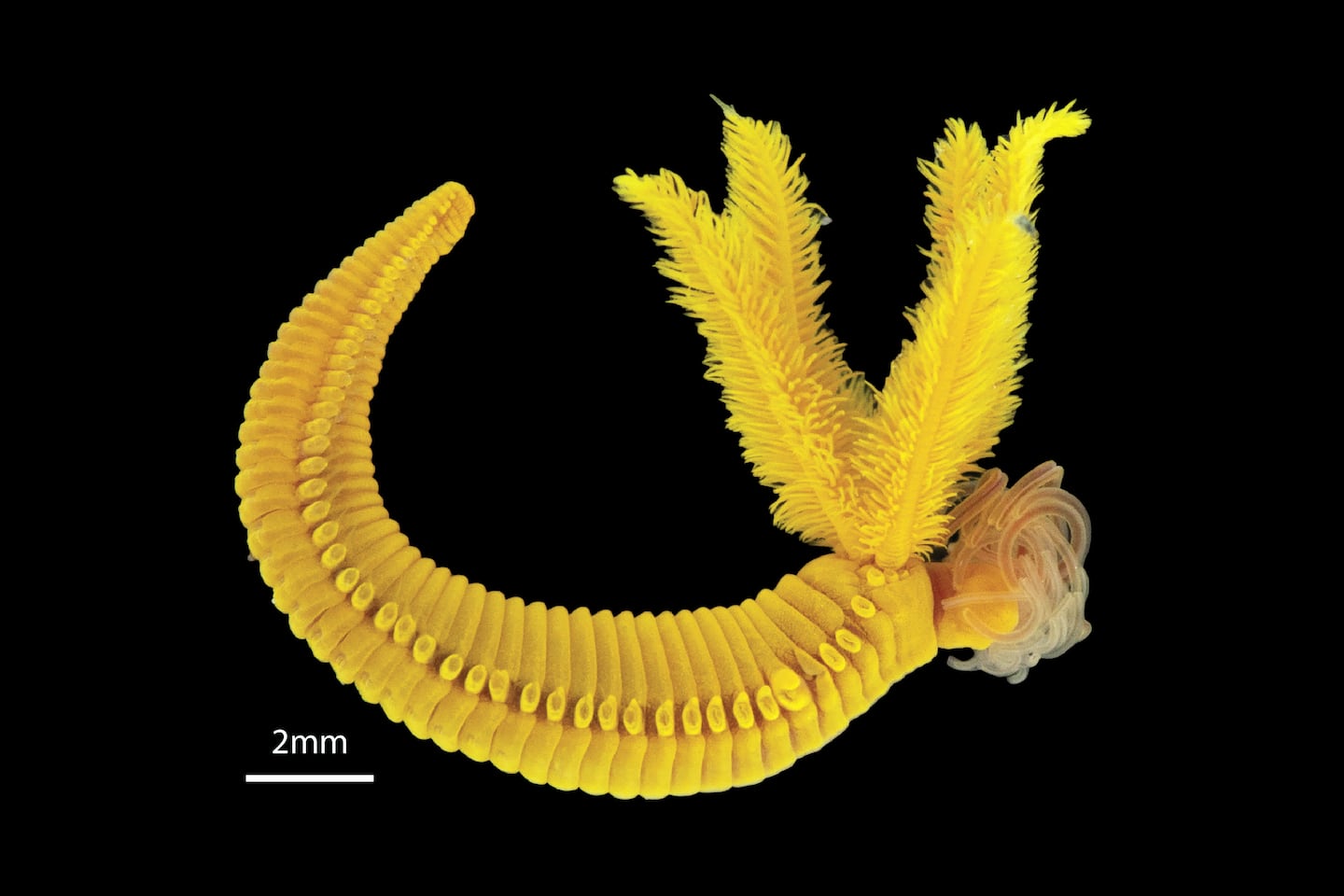Despite some species descriptions and characteristics of their lifestyles, we still know little about them, at least relative to more charismatic species. Marine worms are part of a vast, overlooked world of species whose lives — and conservation status — remain a mystery. Only 13-18 percent of living species have been identified and described, but the true number may be much lower when you consider the richness of microbial life.
This month, the 2025 International Union for the Conservation of Nature (IUCN) World Conservation Congress took place in Abu Dhabi. The meeting brought together representatives from more than 1,400 government, civil society, and Indigenous member organizations, but it received little media attention — a reminder that biodiversity rarely makes headlines. Yet the decisions made there will shape ecosystems and conservation efforts for generations to come. The impact of these decisions, of course, depends on follow through from governments and how they manage their own endangered species.
This year, the IUCN updated its Red List of Threatened Species — a hulking data set of 170,000 living things, 28 percent of which are at risk for extinction.
What might we learn from the millions of species still unknown to science? The discovery of penicillin came from studying mold; Ozempic, from studying gila monster saliva. Compounds that fight cancer, relieve pain, or prevent infection have been found in plants, fungi, and marine invertebrates. When we lose species, we may be losing the next antibiotic or life-saving drug before we even know it exists.
The first step in understanding biodiversity is simply knowing what species exist. We can’t assess or protect a species if it hasn’t even been described. Among the most valuable resources for this work are the biological collections housed in museums, universities, and research centers around the world.
At the University of New Hampshire, for example, our collections of plants and arthropods alone hold nearly one million specimens, including hundreds of species that were first described on our campus.
Yet the very institutions that document and preserve earth’s biodiversity are themselves under threat. Just last year, Duke University closed its herbarium, a collection of more than 800,000 plant species cataloged over the past century. This reflects the broader budget cuts and shifting priorities across higher education.
How can we understand the mysteries of nature if we can’t sustain the institutions that serve as its catalogers?
At the same time, funding for basic science continues to erode as the push for short-term, applied research gains momentum. While accountability has its place, demanding a clear “return on investment” before research even begins risks narrowing the scope of discovery itself. All the important technologies of today, from artificial intelligence to CRISPR gene editing, arose from curiosity-driven research with no clear application at the time.
Even our humble marine worms may be invaluable environmental indicators of pollution. This benefit wasn’t discovered because of a pitch to design a new pollution-monitoring tool; instead, it was basic research into how heavy metals affect marine worm biology that revealed widely applicable insights. When we neglect basic research, we narrow the pipeline of ideas that eventually produce breakthroughs.
In Swift’s song, she reimagines Ophelia’s fate. Rather than drowning as she does in “Hamlet,” Ophelia is rescued and pulled from the depths. Can we rewrite the trajectory of basic science research and pull it back from the depths? If we can care about fictional characters’ fates, perhaps we can care about real ones, too.
